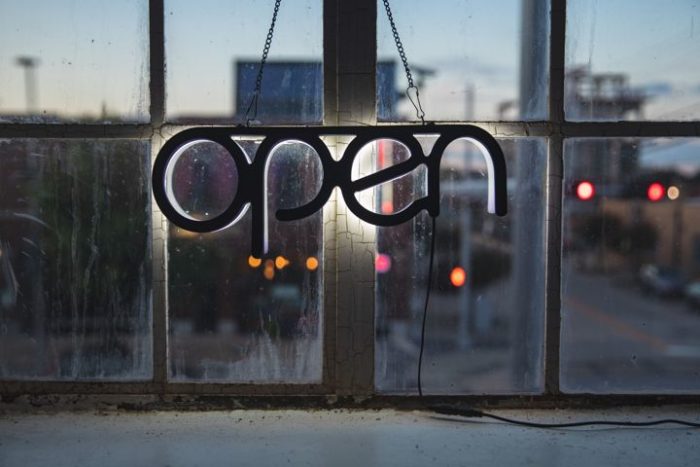
The study “Open-source investigation as a genre of conflict reporting” by Sandra Ristovska from University of Colorado Boulder was about the role and scope of eyewitness images in open-source investigation. In it, the author interviewed journalists from the Visual Investigation Unit at The New York Times, which is dedicated to open-source investigation, and textually analyzed their video reports.
Central to the study is one aspect of open-source investigation: the reliance on eyewitness images from conflict/war zones. Eyewitness images consist of photographs and videos shot by activists and bystanders, or others who are not professional journalists or affiliated with news organizations.
Since visuality is a prominent news value, the images serve as a platform for voice, which works both on textual and visual level. With eyewitness images, the bystanders claim their right to testify on the events occurring.
However, the Internet creates asymmetries of visibility, as surveillance capitalism and algorithmic choices of the social media platforms may lead to the uploaded content disappearing from the platforms, as was the case with Youtube and videos on the Syrian Conflict. Banchick (2020) claims that this generates extra tasks, vulnerabilities and frustrations in the work of open-source investigation.
Conflict journalism is often considered a litmus test for journalism. The interviewed participants here commented they utilized eyewitness images to strengthen the voices on the ground. It added credibility to the journalism, and elevated specific voices by providing them visibility in a prestigious newspaper.
The Visual Investigation Unit was founded in 2017 in response to the chemical weapons attack in Syria by Malachy Brown. The unit, at the time of the study, consists of 10 reporters and 8 video production staffers. Some had background in human rights organizations, one at Bellingcat.
Four journalists, based on availability, were interviewed for the study, and 57 online video reports produced by the unit were analyzed. The interviews had open-ended questions, and consisted of two stages, the initial approximately 40 minute interview and the follow-up 25 minute interview. The journalists were open to having their names used in the study.
The author cautions that the methodology here is not designed to provide an exhaustive account of open-source investigation as a genre of conflict reporting. Rather, the research draws from the notion of thin description, as the researcher has been in contact with the open-source investigation community since 2015.
The journalists were committed to cover the voices of the people experiencing conflict and injustice and provide diversity to the viewpoints. The chemical attack on Douma was an illustrative case they covered, and thus provided spaces of opportunity for the differing eyewitness perspectives – as the danger in open-source investigation remains that although eyewitnesses produce the evidence, institutions still choose which evidence is available.
Verification was an important factor in privileging images and video. Eyewitness images and video are easier to verify, and conversely harder to discredit. The verification process is nevertheless implicated in existing labor dynamics of the newsrooms, and it is not immune to hierarchies or power dynamics.
The concept of new institutionalism helps explain why open-source investigation is taking on some of traditional journalistic features at the core of journalism’s core identity, even as it seeks to be more open and transparent.
The paper proposes that “journalism needs more spaces for negotiation where it listens closely to the communicative needs of diverse eyewitness voices”, as the author puts it. Currently, the guiding ethos of open-source reporting serves as both a facilitator for the eyewitness voice and a hindrance to its recognition.
This is particularly important in the time when listening is acknowledged to be a democratic deficit, calling for acknowledging vulnerability and repairing power imbalances.
The study “Open-source investigation as a genre of conflict reporting” by Sandra Ristovska is in Journalism. (open access).
Picture: Unsplash.